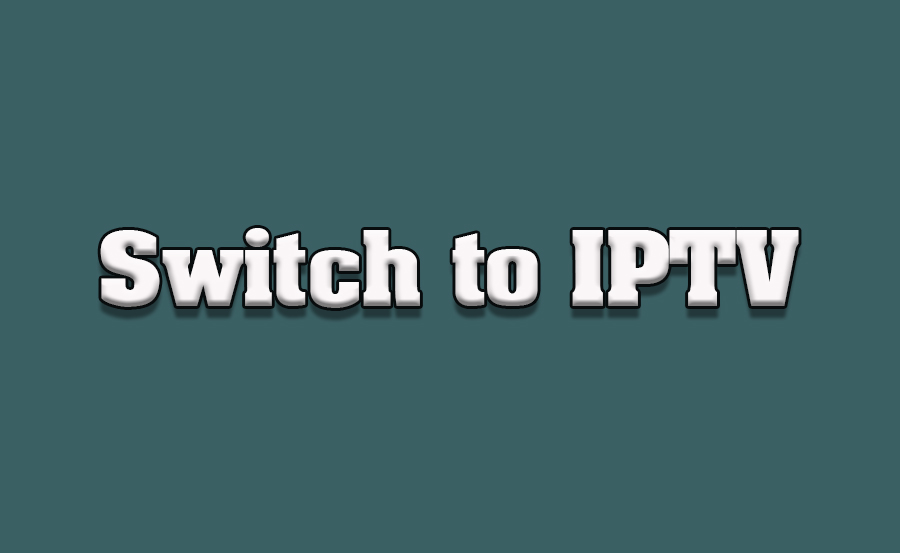The shift from traditional cable TV to IPTV (Internet Protocol Television) is not just a trend but a transformative movement in the world of home entertainment. With IPTV offering unparalleled flexibility, vast content options, and cost-effectiveness, many users are eager to make the switch. However, the transition can feel daunting without proper guidance. This article will walk you through the process of moving from cable to IPTV without disruptions, ensuring a seamless and enjoyable experience.
Buy 1 Year IPTV and Enjoy Unlimited Content
The first step in transitioning to IPTV is understanding how it works. Unlike cable TV, which relies on physical coaxial or fiber-optic cables to deliver content, IPTV uses your internet connection to stream live TV, on-demand videos, and other multimedia content. This means the quality and reliability of your IPTV experience depend heavily on your internet speed and network stability. For most households, a minimum of 15-25 Mbps is sufficient for high-definition streaming, while 50 Mbps or more is ideal for multiple devices or 4K content.
Choosing the right IPTV service provider is crucial for a smooth transition. Research providers that offer a variety of channels, high-definition content, and user-friendly interfaces. Look for reviews and trial periods to evaluate their service quality. Many reputable IPTV providers offer packages tailored to different preferences, from sports and news enthusiasts to fans of international or niche programming. Ensure the provider’s app or platform is compatible with the devices you intend to use, such as smart TVs, streaming sticks, or mobile devices.
Next, consider the equipment you’ll need. Most IPTV services can be accessed directly through apps available on smart TVs or streaming devices like Amazon Fire TV Stick, Apple TV, or Roku. If your TV isn’t compatible, you may need a set-top box or an Android TV device to run the IPTV service. These devices are easy to set up and often come with features like voice control, app integration, and high-quality video output.What is TiviMate? A Complete Guide
Setting up your IPTV system involves downloading the provider’s app, entering your login credentials, and configuring settings such as video quality and subtitles. Most apps are designed with user-friendly interfaces, making navigation and customization straightforward. If you’re using a set-top box, connect it to your TV via HDMI and ensure it’s connected to your home Wi-Fi or Ethernet network. A wired connection is preferable for reducing latency and ensuring uninterrupted streaming, particularly during peak hours.
One of the biggest concerns when transitioning from cable to IPTV is accessing live TV and local channels. Many IPTV services offer live TV streaming with an extensive range of local, national, and international channels. Check with your provider to confirm their live TV offerings, and consider services that support cloud DVR for recording and watching your favorite shows at your convenience. This ensures you don’t lose access to any of the content you enjoyed on cable.
Cost is another factor where IPTV outshines cable. Traditional cable subscriptions often come with high monthly fees, hidden charges, and lengthy contracts. IPTV services, on the other hand, offer flexible pricing models, with options for monthly, quarterly, or annual subscriptions. Some providers even offer pay-per-view or on-demand-only options, allowing you to pay only for what you watch.
To make the transition as smooth as possible, plan a short overlap period where you maintain your cable service while exploring IPTV. This allows you to familiarize yourself with the IPTV platform, troubleshoot any issues, and ensure all family members are comfortable with the new setup before canceling your cable subscription. During this time, take advantage of customer support services offered by your IPTV provider to address any concerns or questions.
In conclusion, transitioning from cable to IPTV is a straightforward process with the right preparation and resources. By choosing a reliable provider, setting up compatible equipment, and ensuring a strong internet connection, you can enjoy the benefits of IPTV with minimal disruption. Whether it’s the flexibility of on-demand content, the diversity of international programming, or the cost savings compared to cable, IPTV represents the future of home entertainment. Make the switch today and embrace a smarter, more customizable viewing experience.Ultimate Guide to Plex for Media Streaming in 2024


